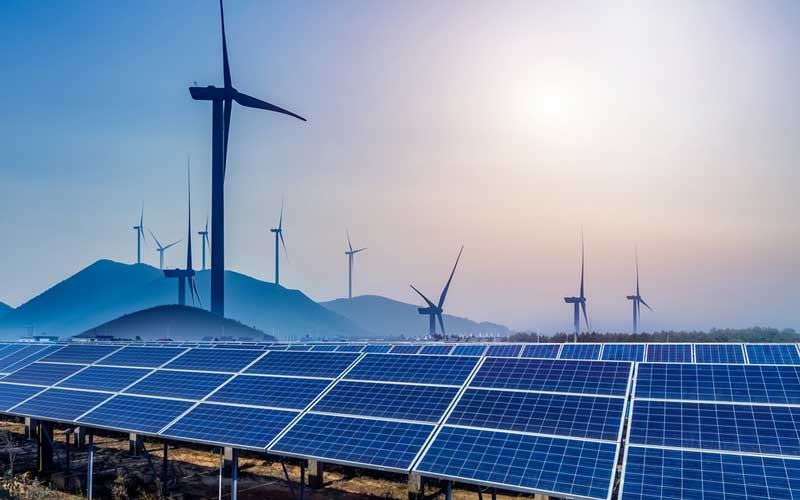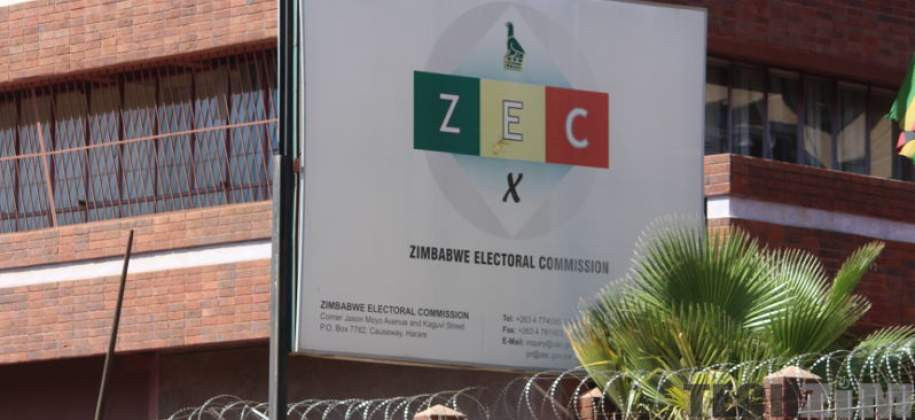
India had witnessed a 109,4% rise in installed renewable energy capacity (including large hydro) from 76,37 GW in March 2014 to 159,95 GW in May 2022.
India's national electric grid had an installed capacity of 410,3 GW as of December 31, 2022.
Forty-seven percent of the installed capacity is made up of renewable power facilities, which include big hydroelectric power plants.
By 2030, the world may save up to us$4,2 trillion annually merely by lowering pollution and the effects of climate change.
Furthermore, reliable and efficient renewable technologies can increase resilience and energy security while reducing a system's susceptibility to market shocks through diversifying power supply sources.
Businesses and industries are transitioning to renewable energy sources in order to minimise greenhouse gas emissions, minimise energy expenses, and enhance ecological sustainability.
Among the main developments in renewable energy are digitisation, energy-efficient integrations, and strategies for overcoming intermittent renewable energy production.
India declared in 2019 that by 2030, it would increase the installed capacity of renewable energy to 450 GW.
- Zim’s poor batting hands India series
- Proposed raids on grain farmers raises stink
- Wheat growers urged to increase production
- Is Zimbabwe ready for green building standards?
Keep Reading
Another endeavour by the Indian government to boost the industrial sector and produce raw materials for renewable energy is the Production Linked Incentive Scheme (PLI).
India may overcome its energy crisis with the use of fuel cell technology, wind, solar, hydel, geothermal, tidal, biomass, and other renewable energy sources.
The International Energy Agency states that there is a large economic potential associated with the switch to clean energy.
India is in a unique position to lead the world in green hydrogen and renewable battery technology.
These and other low-carbon technologies have the potential to create a US$80 billion market in India by 2030.
In the same way, hydropower projects are crucial since they have the potential to be the second greatest source of clean energy after solar.
Many researchers are also working on cutting-edge carbon recycling technologies, which might be a profitable investment.
Green gas is also becoming more popular as a fuel source.
Green gases like biomethane, green hydrogen, and synthetic gas help to minimise reliance on fossil fuels.
Green grids powered by these fuels should be prioritised for development since their transmission and storage can assure supply security in the gas and electricity sectors, cut emissions in the transportation sector, and provide heat to densely populated urban areas.
India's National Biofuels Policy is a step in the right direction.
Government support schemes for green gas deployment can help to encourage uptake and overcome the hurdles of high initial investment costs.
Utility-scale solar can earn US$28 billion in revenue and green hydrogen can create US$1 billion by 2030, according to the Times of India.
In the next years, they intend to replace existing models with newer versions that are more efficient, low-cost, run on sustainable energy, and boost local resilience.
Microgrids, which may function in "island modes" will be able to alleviate power shortages, helping millions.
Microgrids, which can be powered by renewables or developing sources such as fuel cell technology, provide low-cost, clean energy and are an excellent method to enhance local resilience, especially during periods of great volatility.
They also have the ability to stimulate local economic development, increase energy consumption, and elevate living standards in accordance with global climate targets. Researchers estimate that there will be a US$11 billion potential by 2030.
Digitisation has also accelerated the adoption of innovative business models such as Energy as a Service (EaaS), which presents a US$6 billion opportunity by 2030.
Big data is increasingly being turned into large value and services for the power sector, increasing the number of end-to-end energy service offerings that control an organisation's energy costs.
The expansion of EaaS will result in a significant shift from being centralised, predictable, and linear to being distributed and multi-directional.
India is making progress toward low-carbon development through the adoption of cutting-edge technologies, prudent investments, and efficiency-boosting initiatives.
Denhere is an investigative Journalist. — +263773894975, [email protected].











